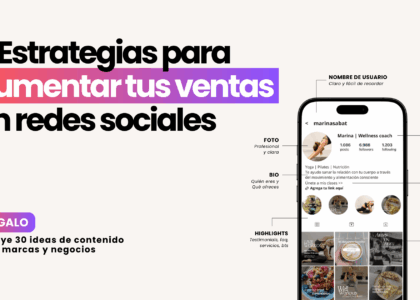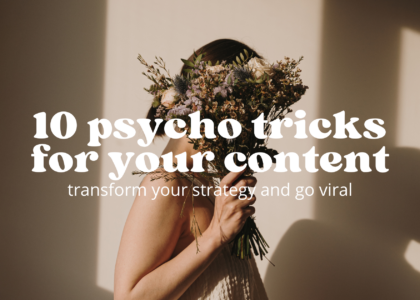In today’s saturated digital landscape, standing out as a content creator requires more than just stunning visuals and catchy captions. The secret sauce that can set you apart is the age-old art of storytelling. Storytelling isn’t just about sharing facts; it’s about weaving a narrative that engages, inspires, and resonates with your audience on a deeper level. Here’s the power of storytelling and how to create compelling narratives in your content.
Why Storytelling Matters in Content Creation
Builds Emotional Connections:
- Engagement: Stories evoke emotions, and emotions drive engagement. A well-told story can make your audience laugh, cry, or feel inspired, creating a lasting impact.
- Relatability: Sharing personal experiences or anecdotes makes your content more relatable. When your audience sees themselves in your stories, they are more likely to connect with you and your brand.
Enhances Memory Retention:
- Retention: Facts and figures can be easily forgotten, but stories are remembered. By embedding your message within a story, you increase the likelihood that your audience will remember your content.
- Repetition: Narratives encourage sharing. When people relate to your story, they are more likely to share it with others, extending your reach.
Builds Trust and Credibility:
- Authenticity: Stories humanize your brand. They showcase your values, struggles, and triumphs, making you more authentic and trustworthy in the eyes of your audience.
- Authority: Sharing experiences and insights positions you as an expert in your field, boosting your credibility.

Techniques for Crafting Engaging Narratives
1. Know Your Audience:
- Research: Understand who your audience is, what they care about, and what kind of stories resonate with them. Use this knowledge to tailor your narratives to their preferences and pain points.
- Persona: Create audience personas to visualize your typical reader or viewer. This will help you craft stories that speak directly to their needs and interests.
2. Create a Clear Structure:
- Beginning: Start with a hook that grabs attention. This could be a surprising fact, a relatable situation, or an intriguing question.
- Middle: Develop the plot with a clear progression of events. Include conflict or challenges to keep the story interesting.
- End: Conclude with a resolution that ties back to your main message or call-to-action.
3. Use Descriptive Language:
- Imagery: Paint vivid pictures with your words. Use descriptive language to create scenes that your audience can visualize.
- Emotion: Tap into the senses and emotions of your audience. Describe feelings, sounds, and smells to make the story come alive.
4. Show, Don’t Tell:
- Examples: Instead of stating facts, illustrate them with examples or anecdotes. For instance, rather than saying “Our product is user-friendly,” share a story of how it helped a specific customer.
- Dialogue: Incorporate dialogue to make your story more dynamic and engaging. This also adds a layer of realism.
5. Be Authentic:
- Honesty: Be genuine in your storytelling. Share both successes and failures to build a more relatable and trustworthy persona.
- Voice: Develop a unique voice that reflects your personality and brand. Consistency in your voice helps in building a recognizable brand identity.
6. Incorporate Visuals:
- Imagery: Use photos, videos, or graphics to complement your story. Visuals can enhance the narrative and make it more engaging. If you want to learn how to easily create an attention-grabbing aesthetic Instagram feed, click here.
- Format: Experiment with different formats like Instagram stories, video blogs, or infographics to see what works best for your audience. In the storybeat app you can find thousands of templates that will make your life easier.
7. Include a Call-to-Action:
- Engage: End your story with a clear call-to-action (CTA). Whether it’s prompting your audience to leave a comment, share the post, or visit your website, a CTA encourages further engagement.
- Feedback: Ask your audience to share their own stories or opinions. This not only boosts engagement but also creates a sense of community.
Conclusion
Storytelling is a powerful tool in content creation. It transforms mundane messages into memorable experiences, fosters emotional connections, and builds trust with your audience. By understanding your audience, creating a clear structure, using descriptive language, showing rather than telling, being authentic, incorporating visuals, and including a call-to-action, you can craft compelling narratives that resonate deeply with your audience. Start weaving your stories today and watch as your content’s impact grows exponentially. And if you’re ready to grow, be sure to read our post on How to Build a Personal Brand in 2024 as a Content Creator.
By integrating the power of storytelling and how to create compelling narratives in your content, you’ll not only enhance the quality of your posts but also foster a loyal and engaged audience that eagerly anticipates your next story. Happy storytelling!





